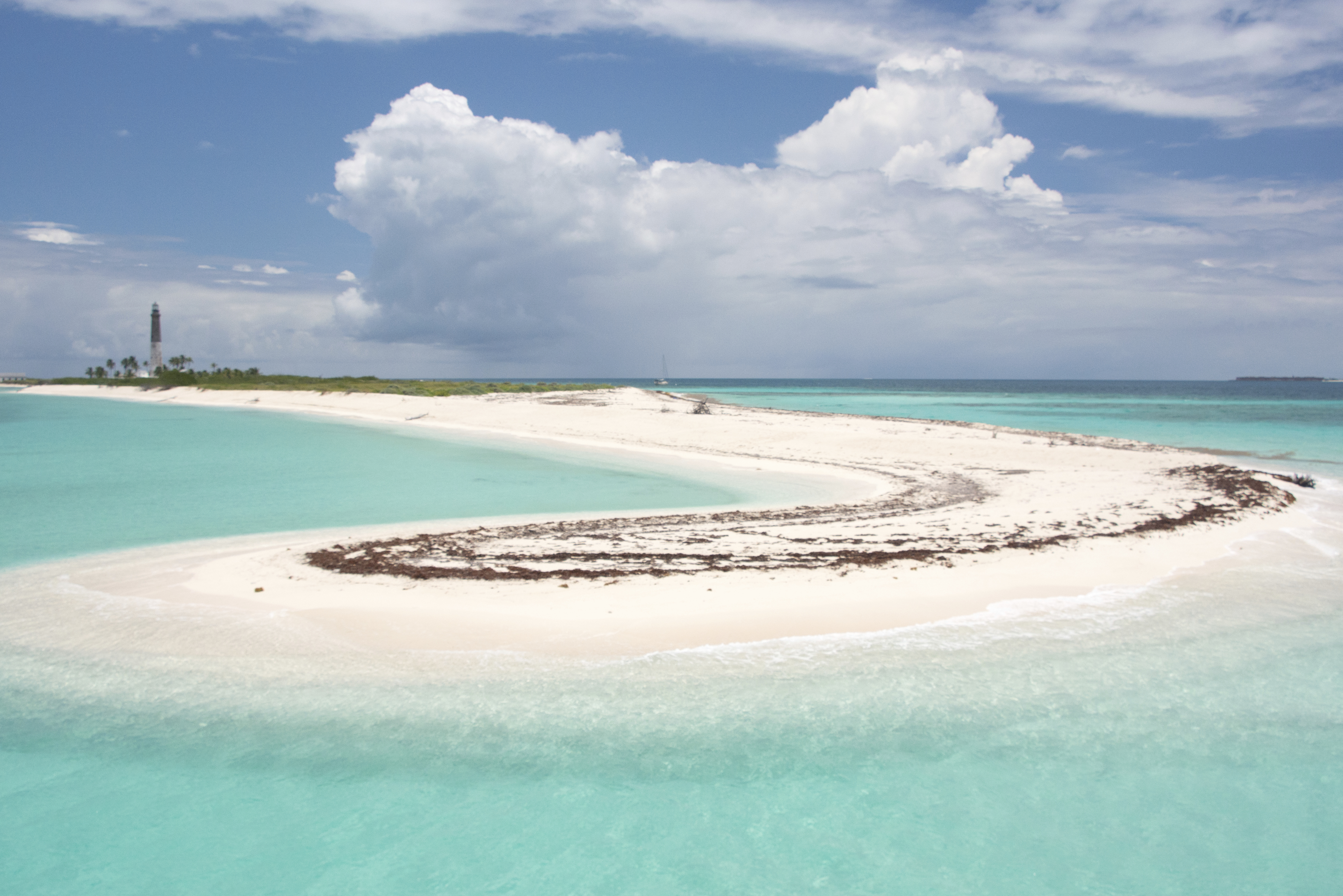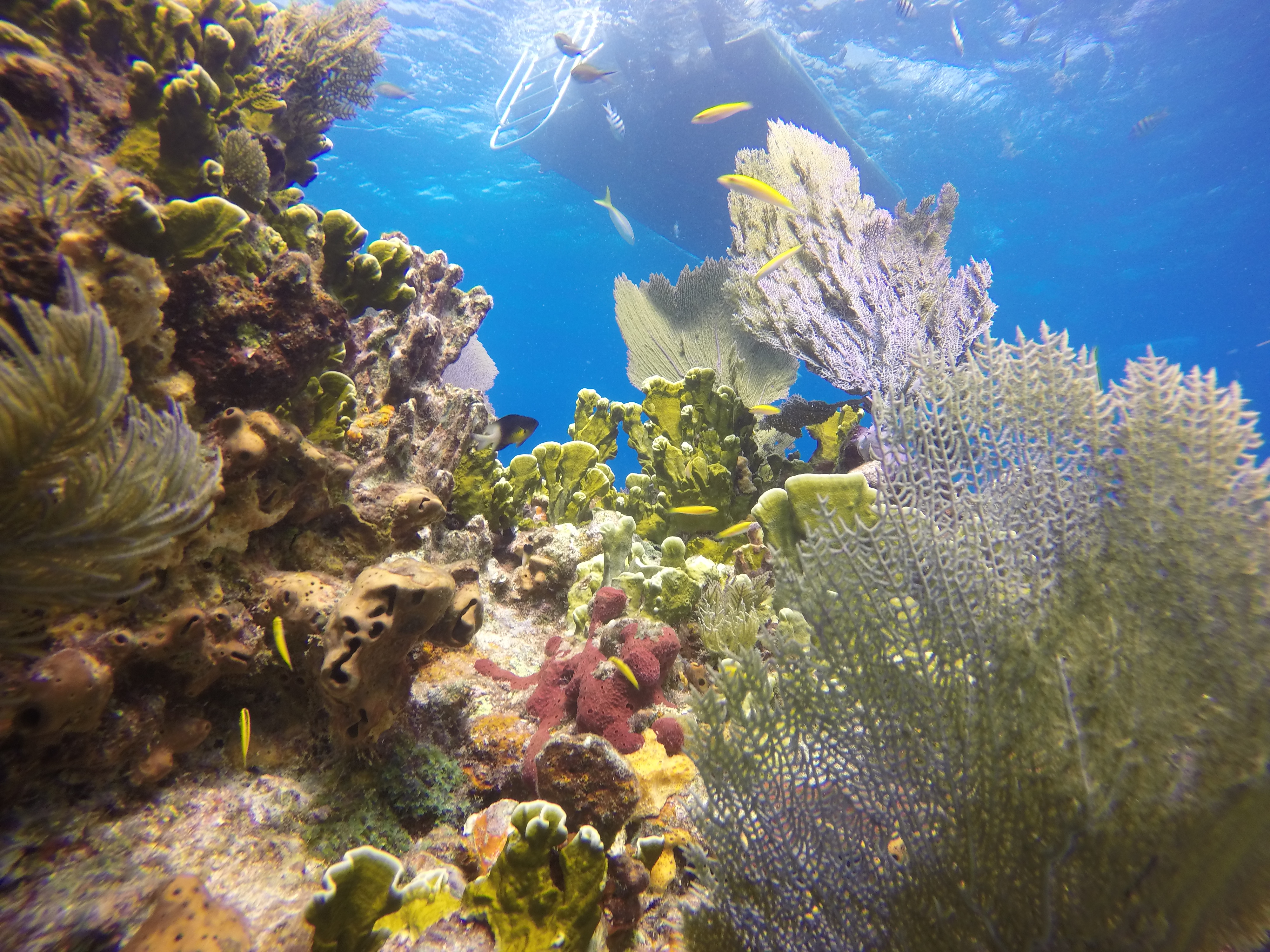
Ecosystems: Oyster Reefs, Mangroves, Coral Reefs
Ecosystem Benefits: Fisheries, Coastal Protection, Recreation & Tourism, Carbon Storage and Sequestration
Projects & Places: Pensacola Bay Region, Charlotte Harbor Estuary, South Florida’s Mangrove, Coral Reef Ecosystems
Florida’s Coasts of the Future
Florida’s coasts are comprised of an intricate tapestry of temperate and tropical ecosystems that support fisheries, tourism and recreation industries, protect our coasts, and sequester a globally significant amount of carbon.

The value of these benefits to Florida’s economy is staggering. The productive estuaries along Florida’s Atlantic and Gulf of Mexico coasts have long sustained people and vibrant communities with abundant shellfish such as oysters, clams, shrimp and crabs. In total, Florida’s direct sales related to commercial and recreational fisheries total $28 billion annually, the highest of any U.S. state. Recreational saltwater fishing alone contributes up to $8 billion to the state’s economy each year and supports more than 114,000 jobs. Tourism is the state’s top industry, and the extensive coral reef system that stretches nearly 600km along the Atlantic and southernmost Gulf coasts of south Florida attracts more than 3 million visitors each year who spend $1.3 billion on reef-supported tourism activities with a total economic benefit to Florida of $6 billion annually. These same reefs reduce Florida’s exposure to coastal storms. Likewise, the mangroves that grow extensively in the quiet waters along Florida’s southern coastlines, the Florida Keys, and the Everglades provide a powerful way to absorb and store ‘blue carbon’, helping to reduce climate impacts. Like coral and oyster reefs, mangroves also serve as ‘fish factories’, producing many of the fish that eventually cross the dock as part of Florida’s annual catch, and add an extra level of protection to Florida’s coastal communities in the face of storms and waves.
In recent decades, however, our coastal habitats have suffered. Warming and rising seas, algal “super blooms,” droughts, storms, and direct impacts from coastal development continue to reduce their extent and their viability, with real consequences for Floridians. When our coastal habitats decline, Florida’s coastal communities face increasing exposure to storms and associated flooding, and the livelihoods of people who depend on robust fisheries and tourism are jeopardized.
Mapping Ocean Wealth allows us to describe the various ways and places that coastal ecosystems provide benefits that support Florida’s communities and its coastal economy. By mapping these benefits in spatial terms, we make it possible to apply this new knowledge to decisions about restoration, coastal management and fisheries management. In doing so, we believe it is possible to chart a course for a prosperous future where the people and coastal ecosystems along Florida’s coasts can thrive together.
Projects and Places
Ocean Wealth data and tools have an important role to play in conservation and management decisions that will shape the future of Florida’s coasts. For example, TNC and partners have pioneered new approaches to restore oyster and coral reefs that are vital for supporting fisheries, tourism and providing coastal protection. Understanding the distribution of nature’s benefits to people and the ways they are produced can inform investments in environmental protection and restoration as a part of more comprehensive conservation and management of these ecosystems. We intend to apply this knowledge in several locations throughout Florida to help sustain coastal fisheries and tourism, and to help our communities adapt to climate-driven challenges along our coasts.
Top image: ©Kinzie + Riehm. Photo Credits in Text: © Carlton Ward, © Rachel Davis

